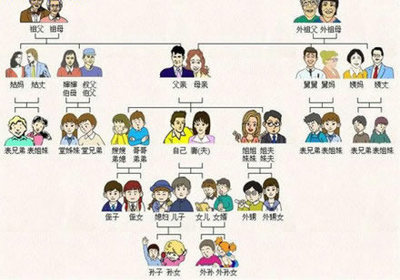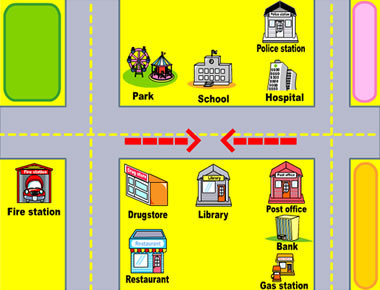No one theorycan explain improvements in performance, but the most importantfactor has been genetics. ‘The athlete must choose his parentscarefully,’ says Jesus Dapena, a sports scientist at IndianaUniversity, invoking an oftcited adage. Over the past century, thecomposition of the human gene pool has not changed appreciably, butwith increasing global participation in athletics-and greaterrewards to tempt athletes-it is more likely that individualspossessing the unique complement of genes for athletic performancecan be identified early. ‘Was there someone like [sprinter] MichaelJohnson in the 1920s?’ Dapena asks. ‘I’m sure there was, but histalent was probably never realized.’
Identifyinggenetically talented individuals is only the first step. MichaelYessis, an emeritus professor of Sports Science at California StateUniversity at Fullerton, maintains that ‘genetics only determinesabout one third of what an athlete can do. But with the righttraining we can go much further with that one third than we’ve beengoing.’ Yesis believes that U.S. runners, despite their impressiveachievements, are ‘running on their genetics’. By applying morescientific methods, ‘they’re going to go much faster’. Thesemethods include strength training that duplicates what they aredoing in their running events as well as plyometrics, a techniquepioneered in the former Soviet Union.
Whereas mostexercises are designed to build up strength or endurance,plyometrics focuses on increasing power-the rate at whichan athlete can expend energy. When a sprinter runs, Yesisexplains, her foot stays in contact with the ground for just undera tenth of a second, half of which is devoted to landing and theother half to pushing off. Plyometric exercises help athletes makethe best use of this brief interval.
Nutrition isanother area that sports trainers have failed to addressadequately. ‘Many athletes are not getting the bestnutrition, even through supplements,’ Yessis insists. Eachactivity has its own nutritional needs. Few coaches, forinstance, understand how deficiencies in trace minerals can lead toinjuries.
Focused training will also play a role in enabling records to bebroken. ‘If we applied the Russian training model to some of theoutstanding runners we have in this country,’ Yessis asserts, ‘theywould be breaking records left and right.’ He will not predict byhow much, however: ‘Exactly what the limits are it’s hard to say,but there will be increases even if only by hundredths of a second,as long as our training continues to improve.’
One of the mostimportant new methodologies is biomechanics, the study of the bodyin motion. A biomechanic films an athlete in action and thendigitizes her performance, recording the motion of every joint andlimb in three dimensions. By applying Newton’s law to thesemotions, ‘we can say that this athlete’s run is not fast enough;that this one is not using his arms strongly enough duringtake-off,’ says Dapena, who uses these methods to help highjumpers. To date, however, biomechanics has made only a smalldifference to athletic performance.
Revolutionaryideas still come from the athletes themselves. For example, duringthe 1968 Olympics in Mexico City, a relatively unknown high jumpernamed Dick Fosbury won the gold by going over the bar backwards, incomplete contradiction of all the received high-jumping wisdom, amove instantly dubbed the Fosbury flop. Fosbury himself did notknow what he was doing. That understanding took the later analysisof biomechanics specialists. who put their minds to comprehendingsomething that was too complex and unorthodox ever to have beeninvented through their own mathematical simulations. Fosbury alsorequired another element that lies behind many improvements inathletic performance: an innovation in athletic equipment. InFosbury’s case, it was the cushions that jumpers land on.Traditionally, high jumpers would land in pits filled with sawdust.But by Fosbury’s time, sawdust pits had been replaced by soft foamcushions, ideal for flopping.
In the end,most people who examine human performance are humbled by theresourcefulness of athletes and the powers of the human body. ‘Onceyou study athletics, you learn that it’s a vexingly complex issue,’says John S.Raglin, a sports psychologist at Indiana University.‘Core performance is not a simple or mundane thing of higher,faster, longer. So many variables enter into the equation, and ourunderstanding in many cases is fundamental. We’re got a long way togo.’ For the foreseeable future, records will be made to bebroken.

 爱华网
爱华网


